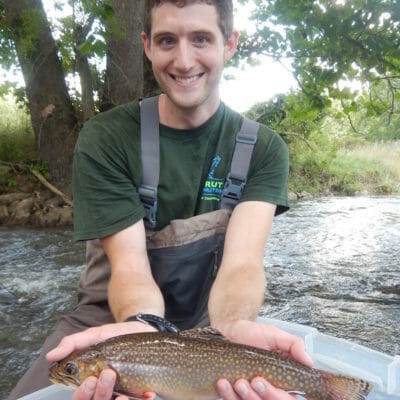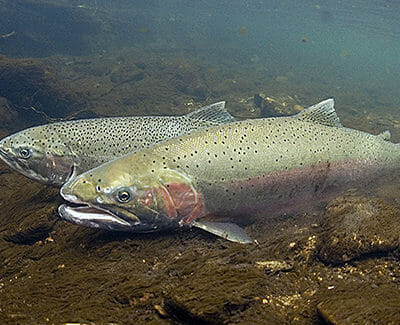Editors note: This is the second in a three part series looking at the myths perpetuated in the national discussion about national monuments and the Antiquities Act. By Corey Fisher The issue of national monuments and the Antiquities Act tends to elicit passionate responses, both for and against. It also spurs misconceptions. Here are some…
by Brennan Sang | December 19, 2017 | Uncategorized
/wp-content/uploads/2019/05/blog/2.png Editors note: This is the first in a three part series looking at the myths perpetuated in the national discussion about national monuments and the Antiquities Act. By Corey Fisher The issue of national monuments and the Antiquities Act tends to elicit passionate responses, both for and against. It also spurs misconceptions. On December…
Editors note: This is the first in a three part series looking at the myths perpetuated in the national discussion about national monuments and the Antiquities Act. By Corey Fisher The issue of national monuments and the Antiquities Act tends to elicit passionate responses, both for and against. It also spurs misconceptions. On December 4,…
by Mark Taylor | December 19, 2017 | Uncategorized
TU’s work in West Virginia is improving conditions for trophy wild brook trout such as this 15-inch fish. By Mandy Nix Some have said that our history is in our trees, but for many others, there’s a blueprint of history in every ripple of water. It’s in the icy trickle from a limestone spring, and…
Crooked River, Oregon. Photo: Brian O’Keefe FOR IMMEDIATE RELEASE Contact: Chrysten Lambert, clambert@tu.org, (541) 973-4431 December 18, 2017 Trout Unlimited: OWRD grants for Crooked, Sprague River projects vital and multi-benefit $4.2 million awarded to high priority fish passage, streamflow restoration projects in key salmon, steelhead and native trout waters KLAMATH FALLS, OreTrout Unlimited hailed recent…
by Chris Hunt | December 15, 2017 | Conservation
The Appalachian Stewardship Foundation funded a three-year project to assess Morgantown, WV’s energy usage and evaluate how to reduce pollution. The city has voted to adhere to the Paris Climate Accord. By Larry Harris For decade s, Appalachia has been ravaged by coal and natural gas production, and the results have devastated our mountains and…
by Sam Davidson | December 15, 2017 | Uncategorized
Recently NOAA Fisheries, the federal agency responsible for recovering marine and anadromous fish species listed under the Endangered Species Act, released new recovery plans for spring and summer Chinook salmon, and steelhead, in the Snake River. The Snake is the largest tributary to the Columbia River. Its runs of salmon and steelhead have declined dramatically…






